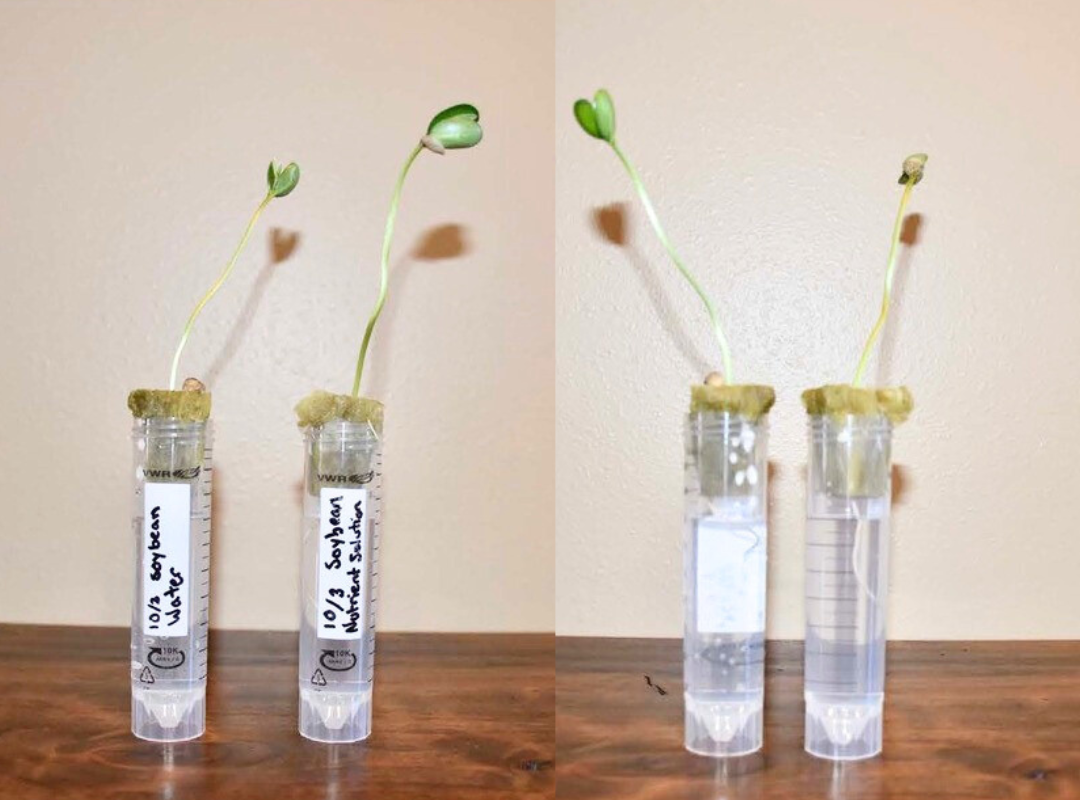
Test Tube Hydroponics (Grades 6-8)
Investigate the importance of nutrients to support plant growth and discover how plants grow without soil by growing and observing plants in a test tube hydroponic system.

Investigate the importance of nutrients to support plant growth and discover how plants grow without soil by growing and observing plants in a test tube hydroponic system.

Explore the farm-to-fork process of food through the lens of careers. Students will make a career web to see the variety of careers and skill sets necessary to our food system. They will check their understanding by playing Career Trek—a board game that requires students to identify careers in agriculture and natural resources.
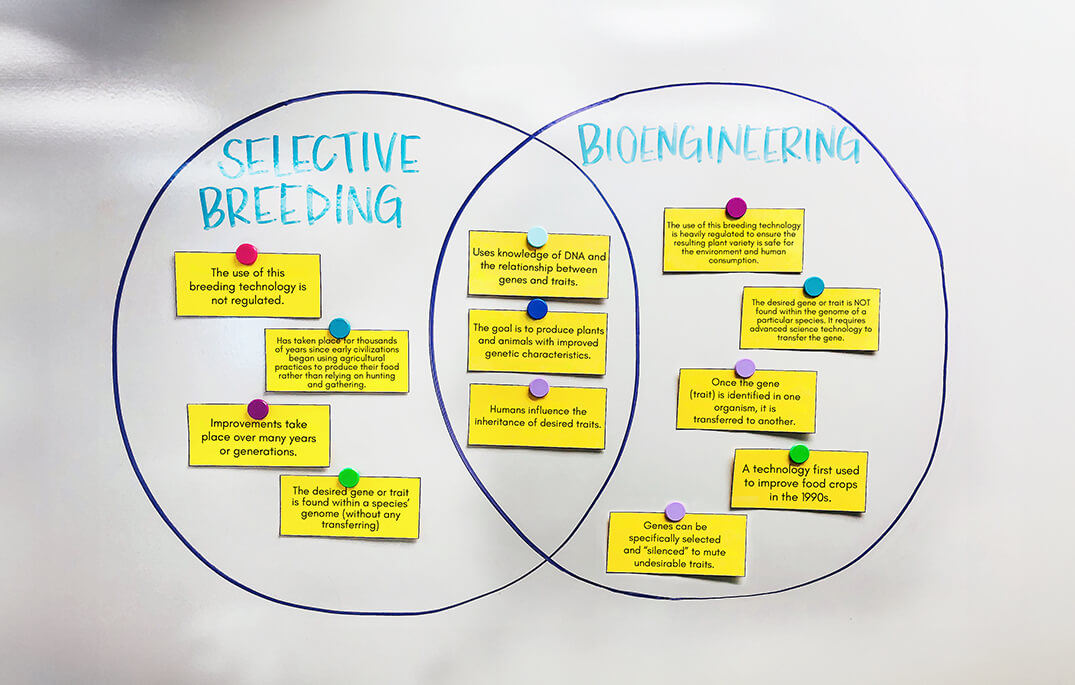
Students identify technologies that have changed the way humans affect the inheritance of desired traits in organisms; compare and contrast selective breeding methods to bioengineering techniques; and analyze data to determine the best solution for cultivating desired traits in organisms.

Students will explore the steps and processes that create a food system and gain an understanding of hunger as it relates to the physical well-being, culture, and geographic location of all people. Students will learn what a food system encompasses, create a "food system chain," and discuss why hunger still exists despite modern advances that have made the US food system highly efficient.
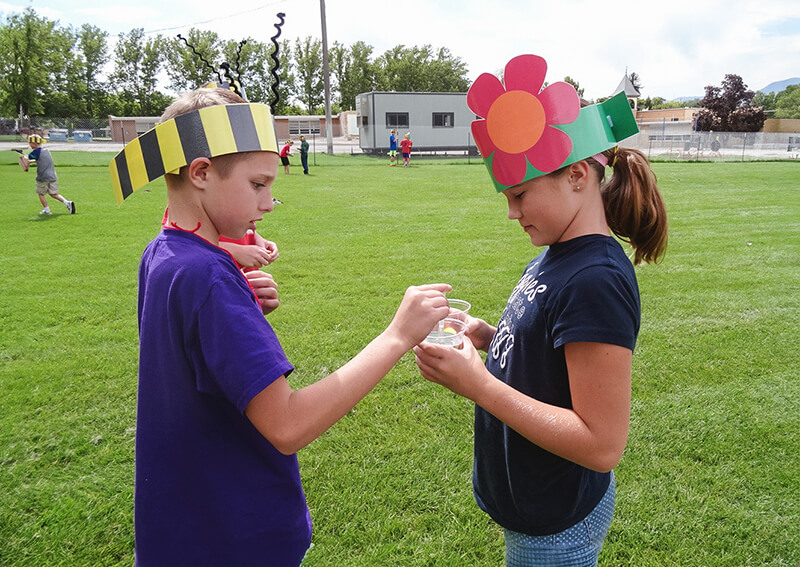
Students identify the parts of a honey bee, the stages of its life cycle, and its role in pollination.
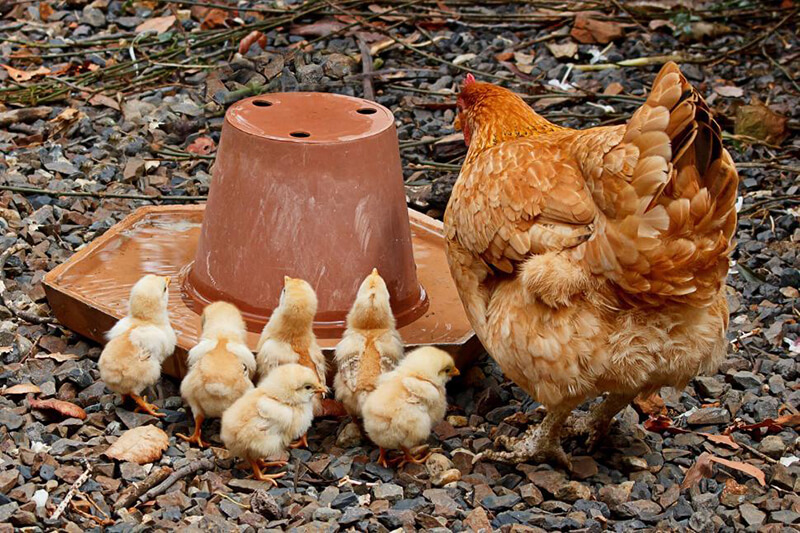
Students identify different breeds of chickens, examine physical characteristics, and determine the stages of a chicken's life cycle.
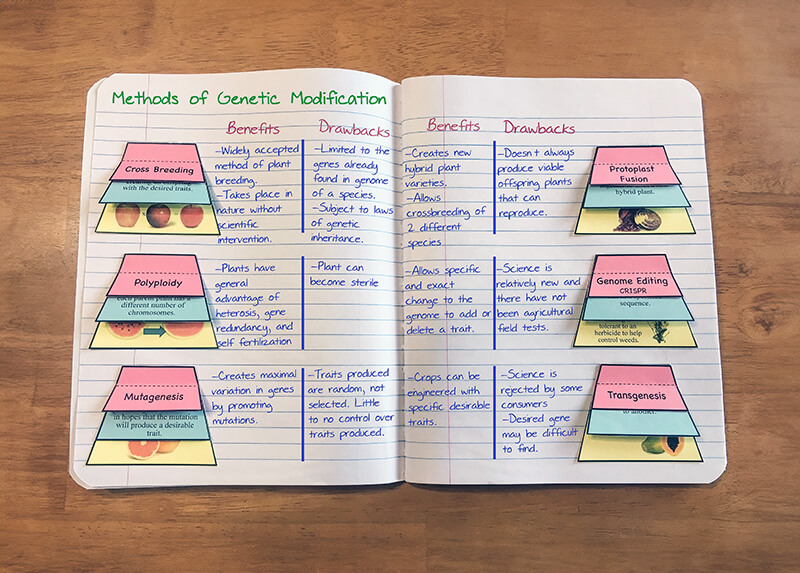
Explore six scientific processes that can be used in plant breeding to modify the genotype of a plant in the pursuit of desired characteristics.
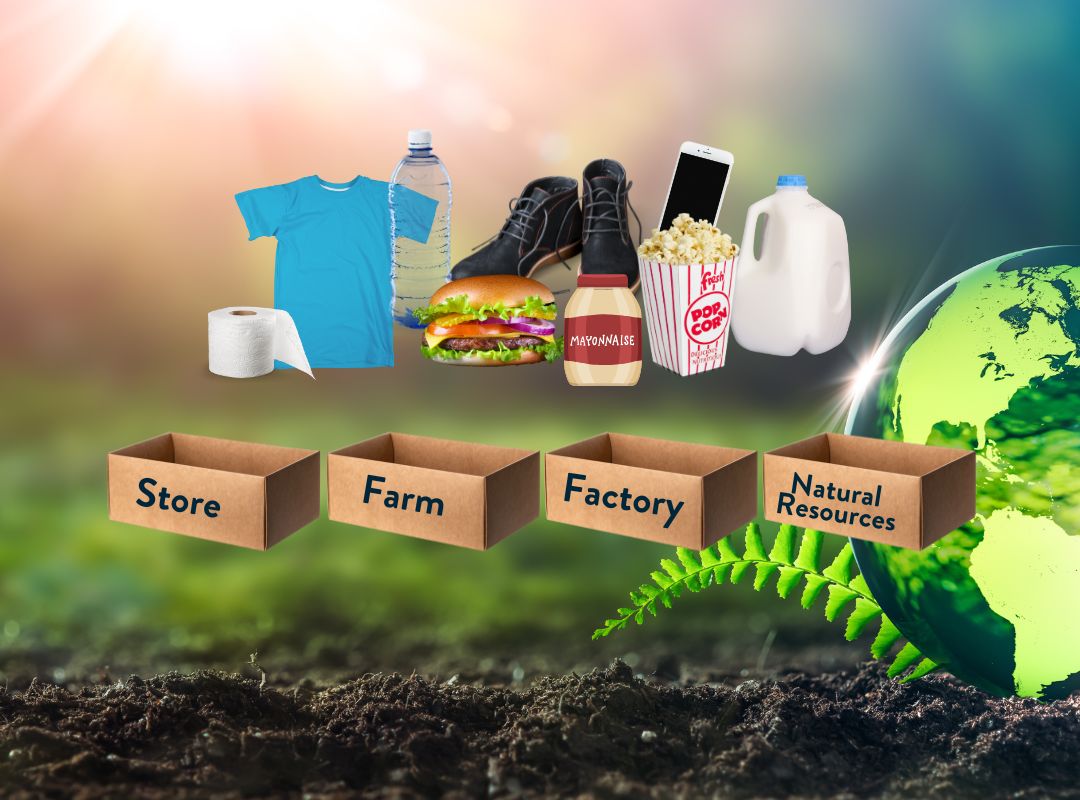
In this lesson students will learn that agriculture provides nearly all of the products we rely on in any given day by participating in a relay where they match an everyday item with its "source."

Students discover the variety of agricultural careers available and consider their career paths in terms of economics, interests, and suitability to their personal talents and characteristics.
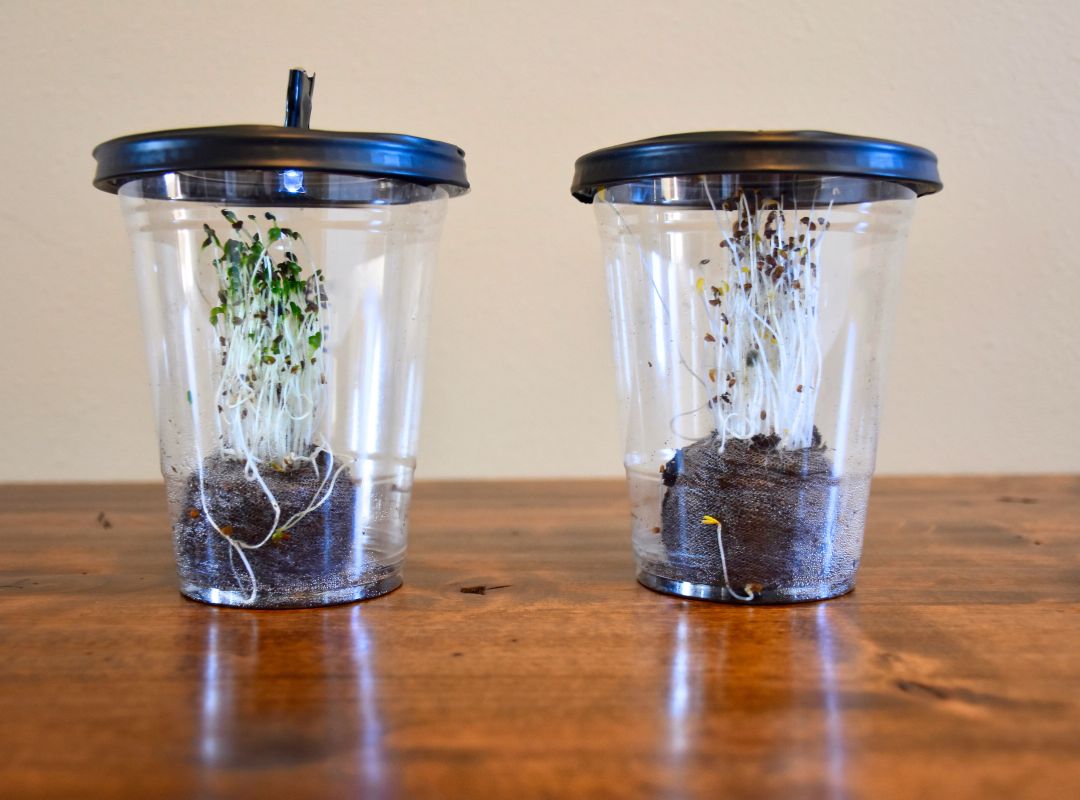
Students investigate the importance of light to plants by creating a desktop greenhouse investigation and exploring the process of photosynthesis.

Explore agricultural career pathways from a lens of problem solving to recognize the challenges that will need to be addressed in the next generation of careers. Students will also use a decision matrix to assess job characteristics and determine which career aligns best with their preferences and goals.

Explore agricultural career pathways from a lens of problem solving to recognize the challenges that will need to be addressed in the next generation of careers.